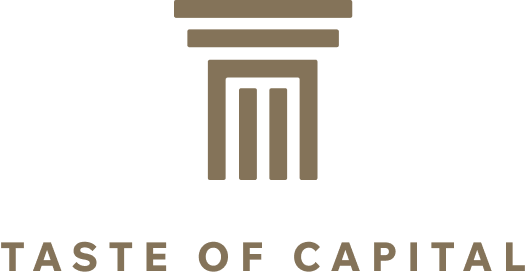The August 1 deadline has arrived, and with it, a new era of US trade policy.
President Donald Trump’s administration has officially announced its “reciprocal” tariff rates on countries around the globe, sticking to a steep 25% tariff on India, while surprisingly slashing rates for other South Asian nations like Bangladesh and Pakistan.
This long-awaited announcement, which followed a series of shifting deadlines and intense negotiations, brings a degree of clarity but also reinforces the administration’s hardline stance on trade.
After a 90-day pause and a series of deadline extensions, the Trump administration has finalized its new tariff structure. For India, the administration has stuck to the previously threatened 25% tariff.
However, it remains unclear whether the “additional penalties,” which President Trump had threatened to impose on India for its continued business dealings with Russia, will be applied.
In a notable shift, other countries in the region received more favorable terms. Pakistan, which announced a deal with the US on Thursday, has been assigned a 19% tariff rate, a significant reduction from the 29% reciprocal tariff it was hit with in April. Bangladesh also saw its rate dramatically reduced, from a threatened 35% down to 20%.
The White House statement clarified the timeline for these new duties:
These modifications shall be effective with respect to goods entered for consumption, or withdrawn from warehouse for consumption, on or after 12:01 a.m. eastern daylight time 7 days after the date of this order.
This means the new tariffs will officially take effect on August 7. White House officials told CNBC-TV18 exclusively that this should not be seen as another extension, but rather as a necessary grace period to allow the customs department to prepare their systems to collect the new tariffs.
A three-tiered system and strained relations
A senior administration official explained to reporters on Thursday that the new tariff list effectively separates US trading partners into three distinct buckets.
If the United States has a trade surplus with a country (meaning the US exports more to them than it imports), that nation’s goods will face a 10% tariff rate. If the US has a small trade deficit, imports from that country will generally face 15% tariffs.
And countries with which the US has larger deficits will face higher tariffs, typically based on either the original “Liberation Day” rate from April, a rate hashed out in a specific trade deal, or a rate floated by President Trump in a letter.
Ultimately, imports from about 40 countries will face the new 15% rate, while roughly a dozen economies will be hit with higher duties.
For the handful of trading partners that have successfully reached agreements with President Trump in recent weeks—including Japan, South Korea, and the European Union—the new tariff list reflects the terms of those specific trade deals.
However, relations with some key partners remain strained.
In an interaction with CNBC on Thursday, US Treasury Secretary Scott Bessent expressed frustration with India, stating that “the entire trade team is frustrated with India, as it has not been a great global actor due to its dealings with China.”
Stiff tariffs for Canada, extensions for others
Canada, one of America’s largest trading partners, is facing a particularly stiff tariff hike. Duties on Canadian goods will jump from 25% to 35% starting Friday, the White House announced Thursday.
This follows through on a threat made earlier this month after the country decided to recognize Palestine as an independent state. However, goods that are compliant under the US-Mexico-Canada agreement (USMCA) have been exempted from this hike.
President Trump is also threatening tariff hikes for Mexico and China, but both have received extensions. The US’s southern neighbor was granted a 90-day extension on Thursday, and an August 12 deadline to strike a deal with China is also expected to be extended for another three months.
‘Too late’ to avoid tariffs, but not to negotiate
After a spring in which the Trump administration had pledged to nail down “90 deals in 90 days,” the final outcome has fallen far short of that ambitious goal.
The White House has announced broad bilateral agreements with a handful of nations and the 27-member European Union, but trade experts note that these deals have often lacked the extensively documented details typical of most trade agreements.
The countries that have yet to strike deals with the US, including major trading partners like Canada and Mexico, still account for 56% of American imports, according to Goldman Sachs.
Shortly after the new tariff list was released, President Trump told NBC News in an interview that it was “too late” for countries that still haven’t struck a trade agreement to avoid the new import duties.
However, he also made it clear that he is still willing to negotiate even after the higher tariffs take effect. He stated that he believes his trade strategy is going “very well, very smooth,” pointing to the revenue brought in by the tariffs and the fact that inflation has not spiked as evidence of its success.
The post Trump’s final tariff list: 25% for India; reductions for Pakistan, Bangladesh appeared first on Invezz
